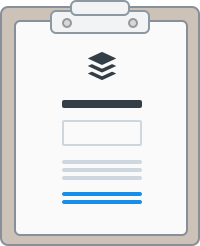Applicants
473 -6%
Open blog posts published
19 +2
Open blog visitors
130,210 -2.3%
Bimonthly team NPS score
60%
If every American received their recommended clinical preventive care, it would save more than 100,000 lives per year, according to The Centers for Disease Control and Prevention.
Yet 3 out of 5 of American workers feel uncomfortable leaving work for preventive care appointments.
And 86% of workers would cancel or reschedule a preventive care appointment due to workplace pressures.
In this kind of climate, how can we at Buffer be true to our value of “living smarter, not harder” and support our teammates in prioritizing their health? It’s just one of our challenges in this month’s People team update!
Introducing the ‘Unsick Day’
We’re delighted to be a founding partner of a movement that feels super in line with our values and the future of work: Unsick Day.
This initiative encourages folks to take control of their health by taking an “Unsick Day” at least once a year – a dedicated day off just for preventive care.
To participate, teammates simply plan their own Unsick Day to proactively care for their health through appointments like:
Annual physical
Dental cleaning
Vision exam
Counseling or therapy
Well-woman exam
Skin screening
Any other preventive care that feels like a good fit!
We rolled out Unsick Days in October, and we hope it will empower all of us to get the care we need to stay healthy.
On the People team, we’ll monitor how effective Unsick Day is at helping us take time off for wellness with a goal of increasing it. The initial data we’ve collected is promising!
We programmed our OfficeVibe Slack surveying tool to ask teammates if they were currently prioritizing preventive care:
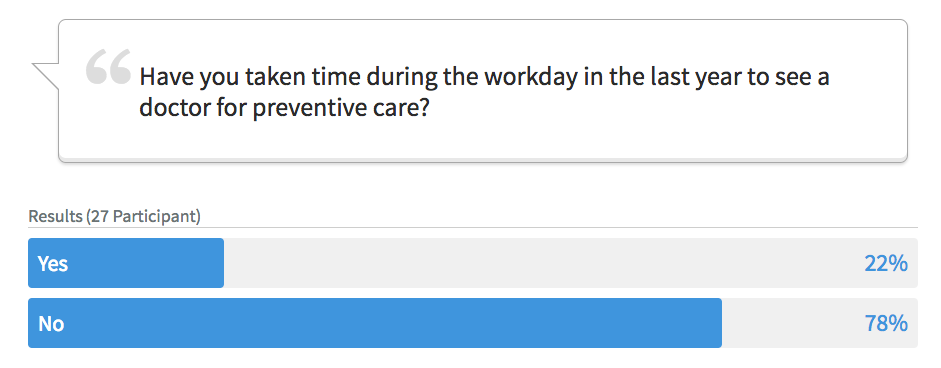
While the majority have not been, the idea of Unsick Day looks like it might be poised to make a difference:
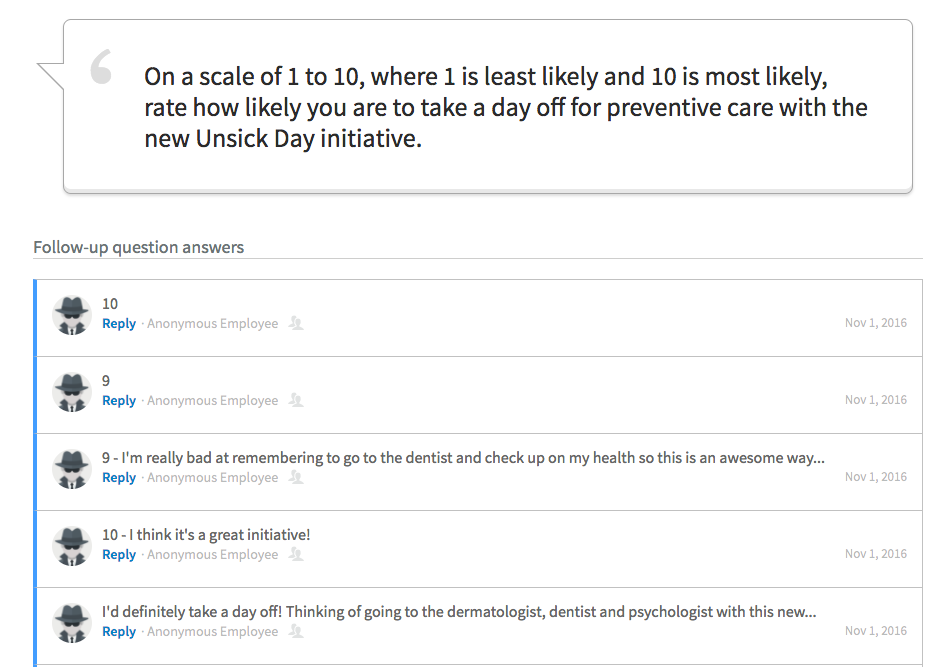
We’ll keep you posted. Meanwhile, any organization can join the Unsick Day movement right now1
Innovating in our All Hands meetings
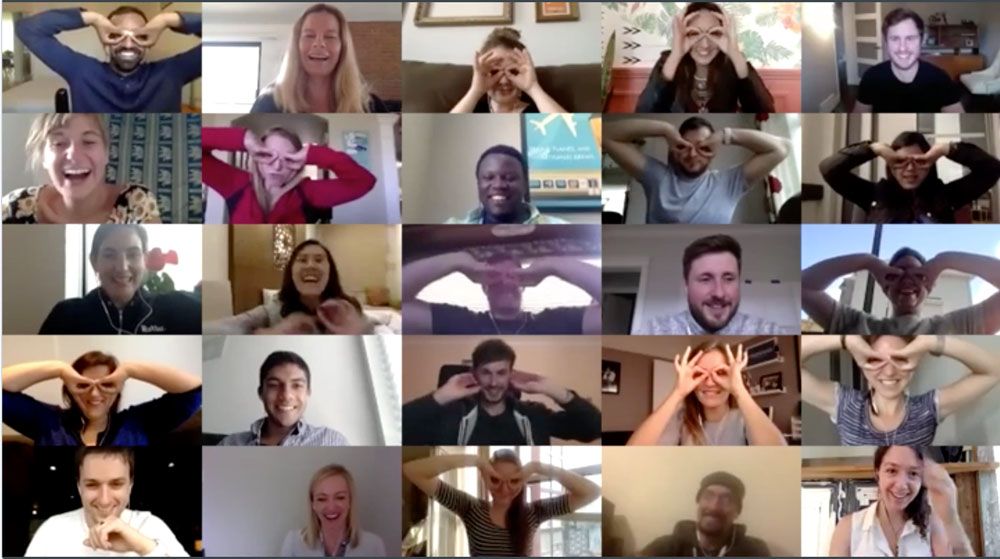
Every two months at Buffer, we come together for an epic, whole-team video chat known as our All-Hands meeting.
In the past, these have been a chance for the whole team to hear what’s on the minds of our founders, Joel and Leo, as we grow and build Buffer.
But when Buffer advisor Gokul Rajaram published this post sharing how Square runs their All-Hands, we knew we could level up.
So at our most recent All-Hands meeting, we did more than talk roadmap and challenges. We celebrated everything from weddings to role changes to nomad trips, un-muting our Zoom microphones so that we could all cheer together.
Gokul writes that:
After an awesome All-Hands, every attendee feels invigorated, empowered and educated.
We feel we’re well on our way to reaching those heights, and we’re excited to keep going! (For more on how we share praise on a remote team, we have 5 other ideas!)
Trying out a ‘performance review lite’
We’ve never put in place any kind of performance review at Buffer and even have written in the past about why that hasn’t felt like the best solution for our team so far.
But this hasn’t quite been a normal year at Buffer. As we continue to recover from our cashflow crisis, it’s understandable that some teammates are looking for a bit more security and a definitive answer to the big question: How am I doing?
So over the last few months, nearly everybody at Buffer got an individual email from their team lead, sharing lots of great feedback on:
- what they’re doing especially well
- where they’re growing, and
- where they can improve
This is a cool project spearheaded by Leo that is likely to become an early model for future lightweight performance reviews (if the team continues to feel good about having them).
Our next steps will be to iron out the cadence for these insights (probably quarterly to start) and determine a simple way to get feedback flowing the other way, too – to team leads and managers. (Google’s simple manager feedback survey is a strong contender right now).
This feels like a big step towards creating a common understanding of goals and success for all of us.
Pair calls are back, now with Donuts!
We’ve written about the Buffer pair call before (and even recorded one for you.)
The rest of the story is that pair calls went extinct for a while but have now triumphantly returned!
Each week, any team member who wants to participate is paired randomly with another teammate. Pairs get together as much (or as little) as they like throughout the week to chat, catch up, share self-improvement encouragement and accountability, or talk about anything else they want.
Pair calls 2.0 are voluntary, more flexible (a recommended 1–2 chats vs 5 per work week) and are now coordinated by a handy Slackbot named Donut:
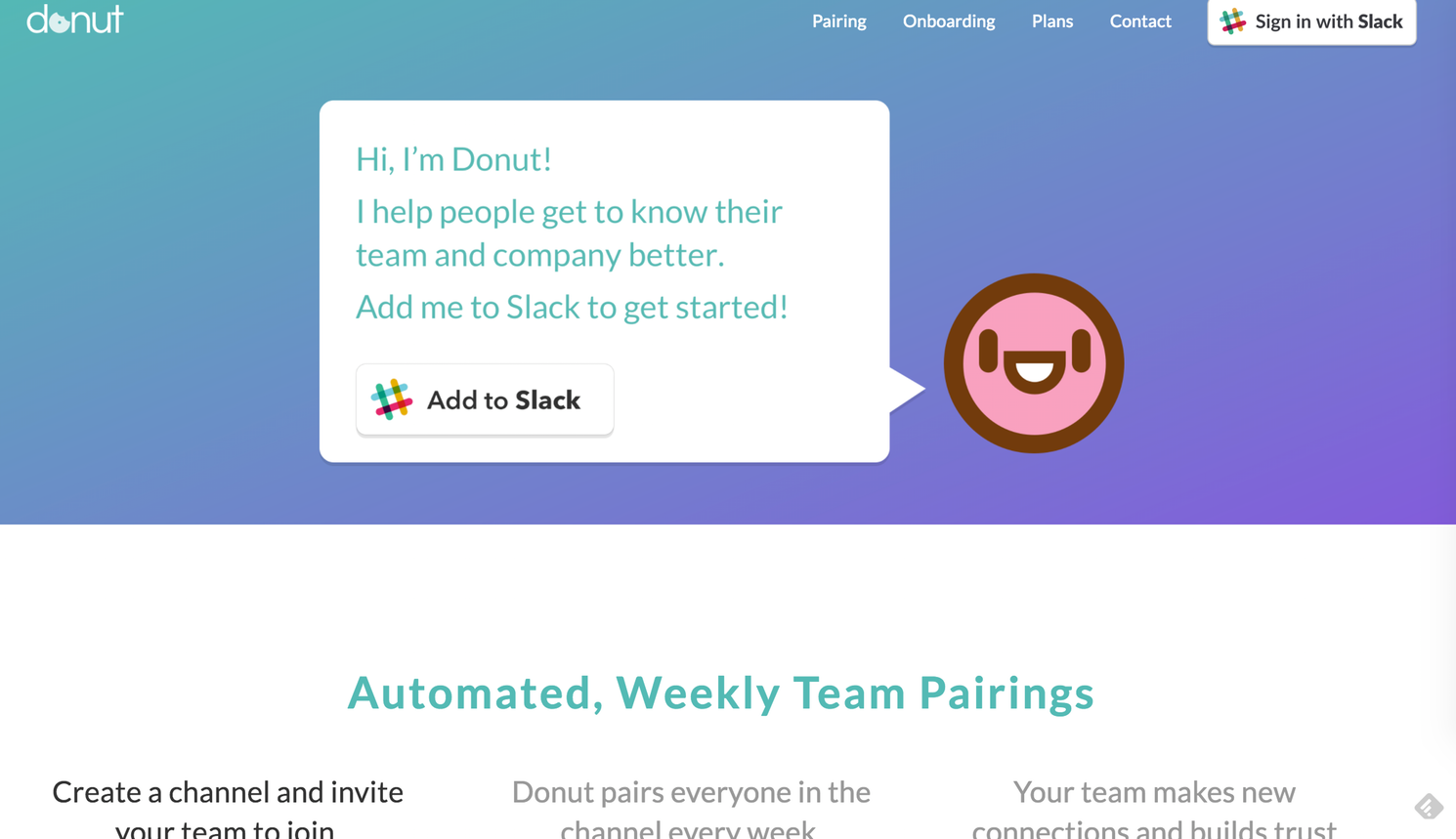
Donut sends out a DM to you and your pair call buddy the same time each week:
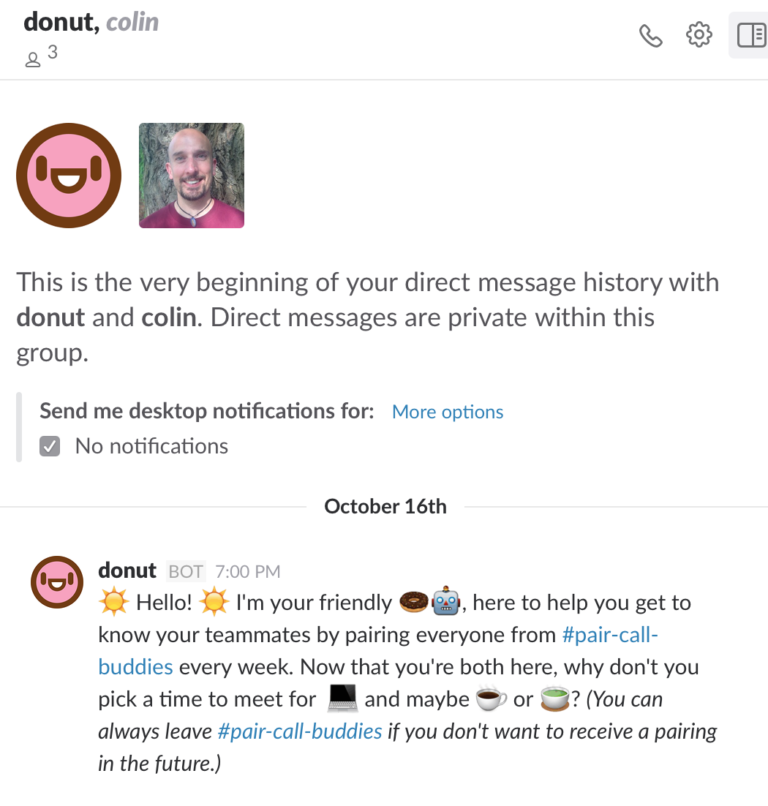
Donuts and team building? What could be better? You can read about more of our team-building experiments here.
Hiring: Experimenting with interview kits, moving to Greenhouse
On the hiring front, the culture scout team has been scouting, reviewing and interviewing for candidates for roles we had open in October, including VP of Product, VP of Finance and Happiness roles.
Here’s a few projects they’re onto at the moment:
- The People team is excited about using Greenhouse as our new candidate management system. We made the decision in October and will be fully integrating into Greenhouse in the coming month. We believe this system will help us optimize our recruiting and hiring, streamline the reviewing/planning and improve communication – all with a goal of enhancing our candidates’ experience.
- Face-to-face (or in our case, screen-to-screen) interviews often lead to some form of bias. To mitigate this, we’ve been experimenting with “interview kits” and scorecards as part of the interviewing process. These measures are designed to guide all interviewers toward conducting a structured interview, with similar questions and scoring systems for each candidate. We’re hopeful this will help us make more evidence-based decisions, mitigate interviewer bias, enable consistent candidate evaluation, and reduce redundancy and total interview time.
Learning from Tech Inclusion 2016
Buffer was honored to be a media sponsor of Change Catalyst’s biggest event of the year, Tech Inclusion 2016.
A few of us also got to go check out the event and learn a ton about building a truly diverse and inclusive team. We’re still buzzing with all the strategies and philosophies we heard, and I predict the great lessons from this event will reverberate throughout Buffer in a number of ways.
Thanks, Change Catalyst, for the amazing work you do and for allowing us to be part of it!
Over to you!
Would you take an Unsick Day? Do you do this already? If you have any questions or any thoughts from this month’s report, I’d love to hear from you!
Check out more reports from October 2016:
Try Buffer for free
190,000+ creators, small businesses, and marketers use Buffer to grow their audiences every month.

